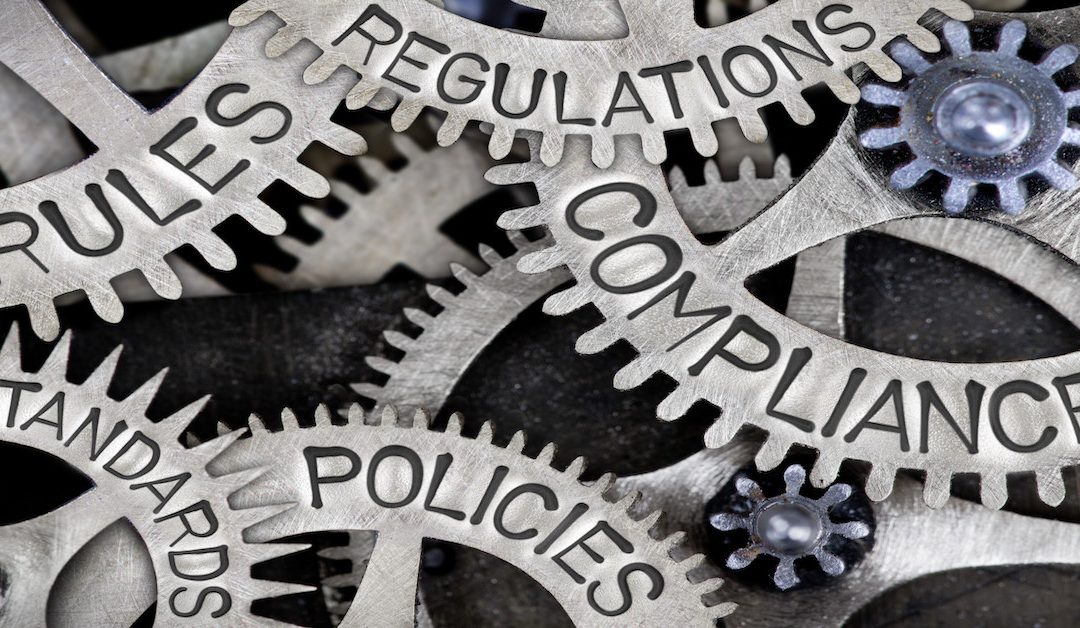Don’t Risk Your Reputation: How to Maintain ITAD Compliance
Every IT department creates waste through broken servers or outdated computers. Humans generate around 40 million tons of electronic waste (e-waste) every year.
Recycling seems like the best option, right?
Not quite. The IT Asset Disposition (ITAD) process is a better choice. It’s a safe and environmentally friendly way of recycling old hardware.
But how do you keep the process secure and maintain ITAD compliance? Read on to learn more.
Re-Selling or Recycling?
Not all your e-waste will be past its expiry date. Some equipment can be re-sold. Companies with lower requirements than yours can make use of older hardware.
It can help you recover some of the initial cost of the equipment. And it’s better than companies buying brand new hardware.
Or recycle your e-waste. This skims out the precious metals used to create IT equipment.
That lowers the need to mine for more resources. It also keeps the hardware out of the landfill.
Toxic materials inside your old equipment shouldn’t end up in a landfill. They can cause environmental threats and health problems. Water and air pollution are two of the major risk factors.
Data Security Is Key to ITAD Compliance
Thanks to the introduction of GDPR, more people are aware of data security.
Reformatting a hard drive isn’t enough to remove data. With the right software and skills, people can still find it.
To maintain ITAD compliance (and GDPR compliance), you need to destroy data. That goes for both clients and your company.
And there is a range of ways to destroy unwanted data. Shredding or crushing hard drives is a physical way to keep people from accessing data. Magnetic destruction or specialist software is another option available to you.
Data breaches don’t only happen with hackers in your server. It can also happen when you don’t follow the right procedures to dispose of hardware.
Develop Compliant Processes
Become compliant by understanding the asset disposition regulations in your industry.
Create data security processes for ITAD that follow these regulations. Set up documentation to make these processes clear.
Train all staff involved with the ITAD process. Make sure they know the regulations and the requirements.
Document all disposal of IT equipment and store these records. You’ll be able to produce them if you’re audited for compliance.
This is also crucial to make sure you remove items from insurance records. You don’t want to insure computers you no longer own.
If you’re not sure, you should be able to prove that data destruction or erasure on each item. Keeping records by serial number makes this easier.
An easier method is to work with an ITAD provider. They can carry out all the necessary processes and hand over the paperwork you need for your records.
Final Thoughts
Now you know how to maintain ITAD compliance. It’s vital for the health of your business and it also helps to protect the environment.
Using compliant ITAD processes also gives you peace of mind. Safe data, safe hardware! Why not request a quote and find out how we can help your business?

